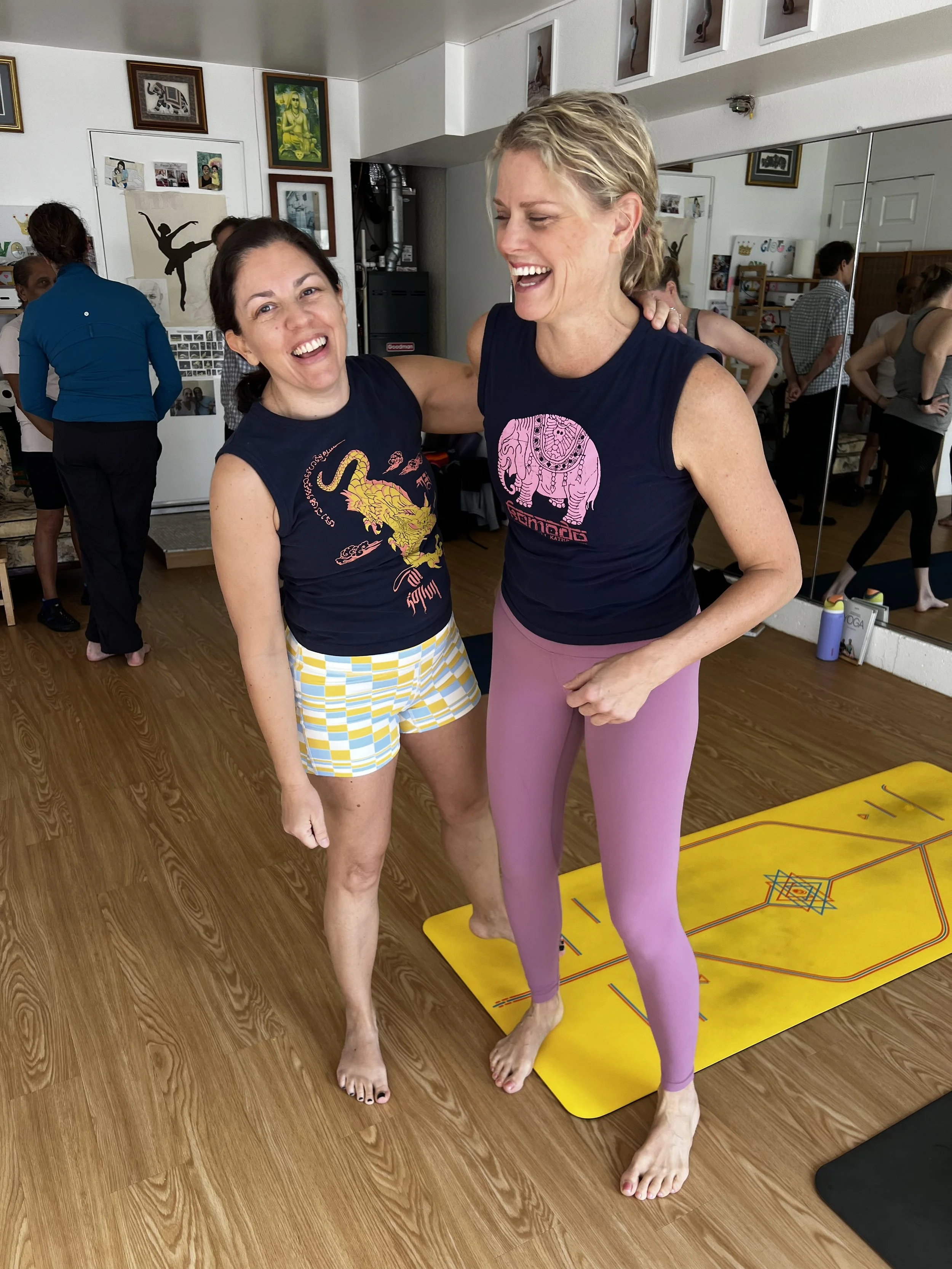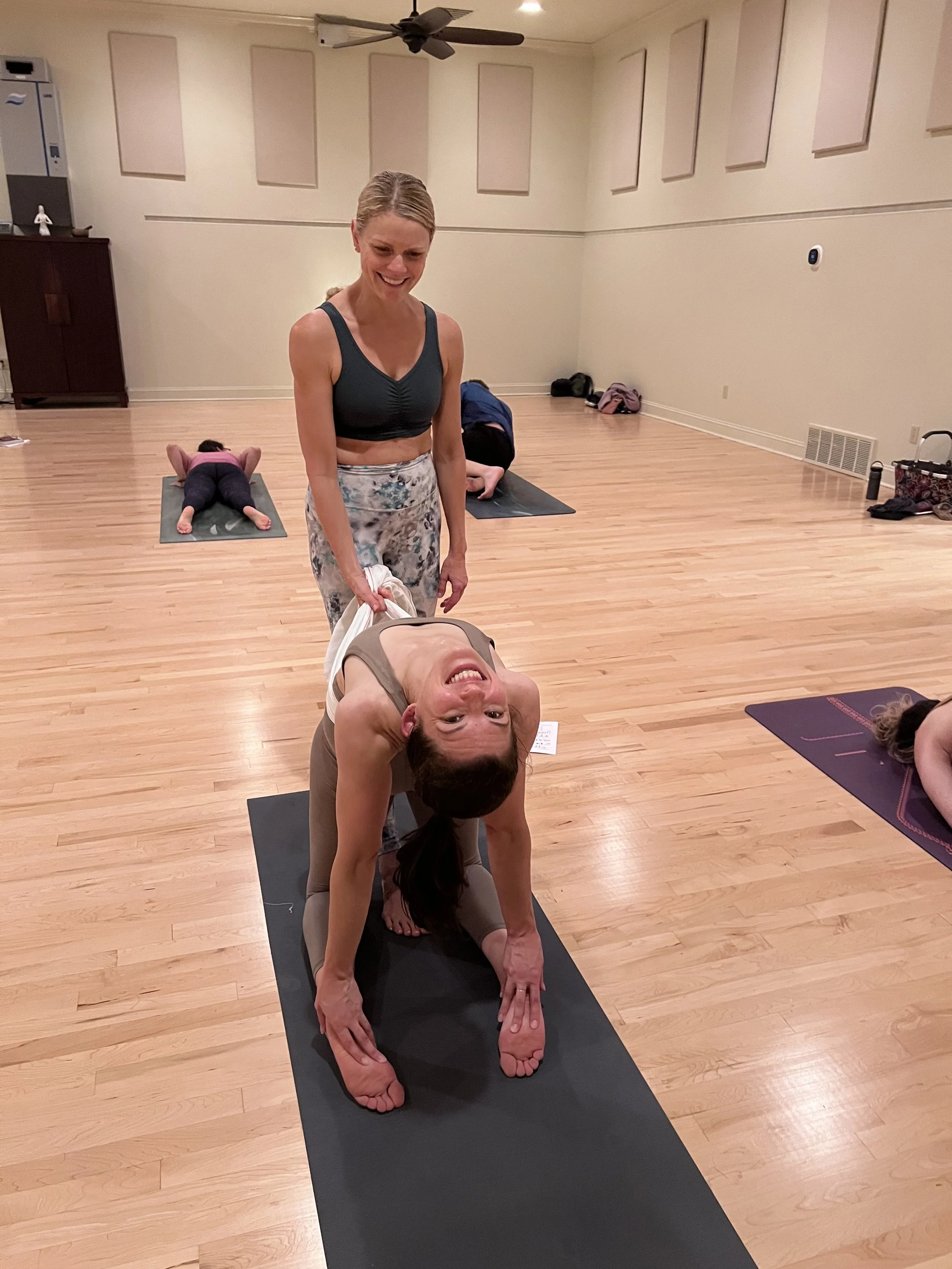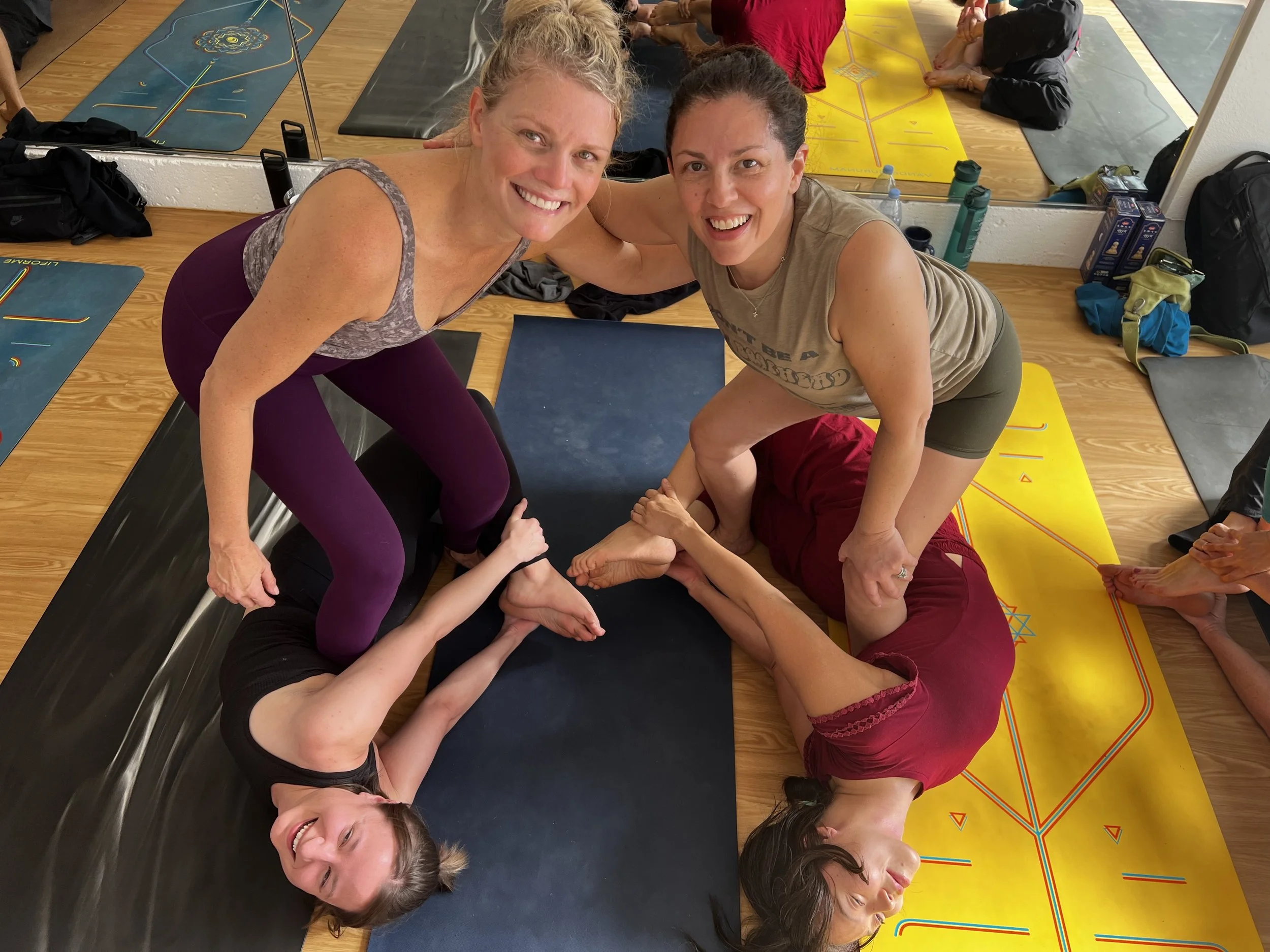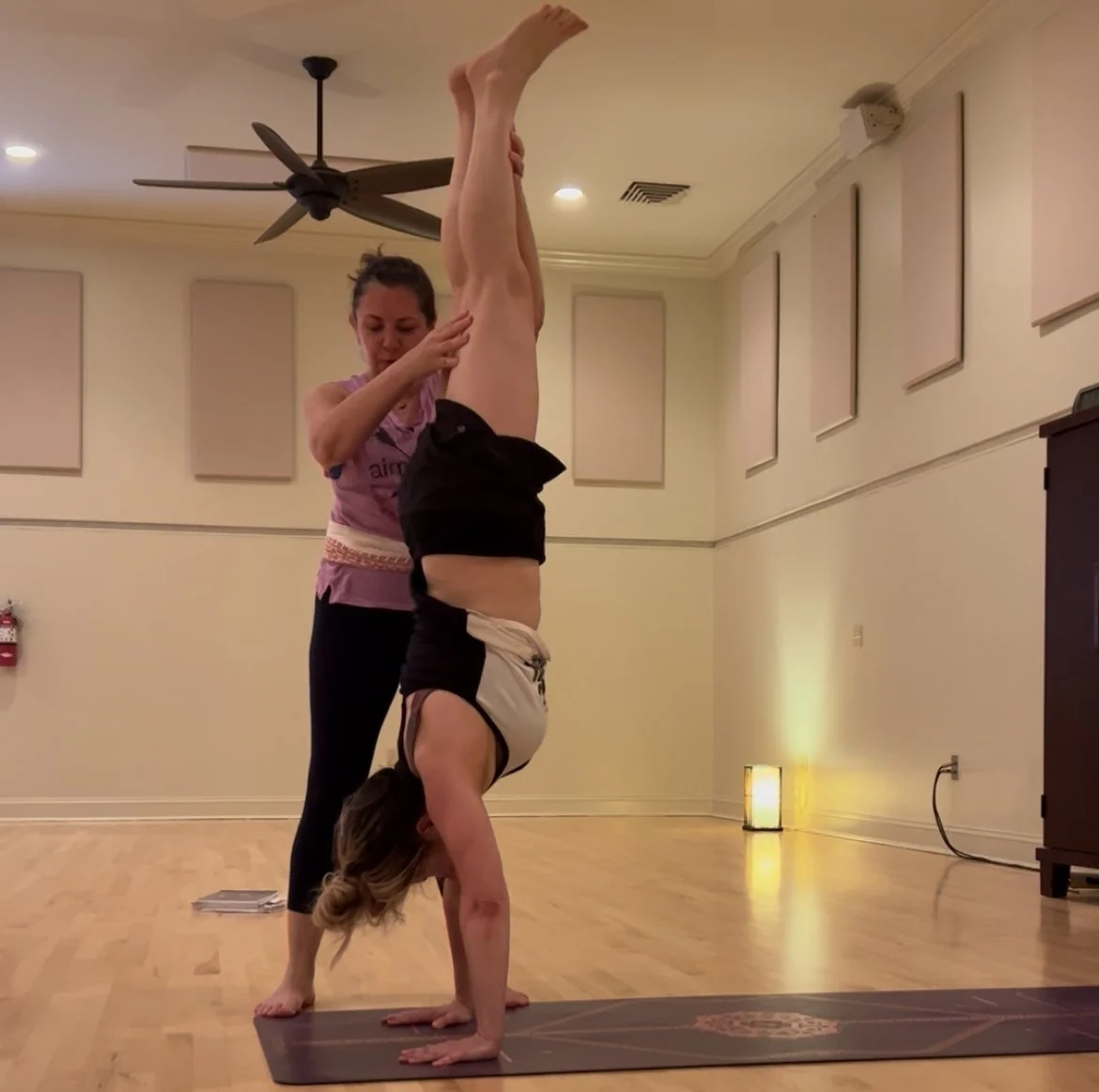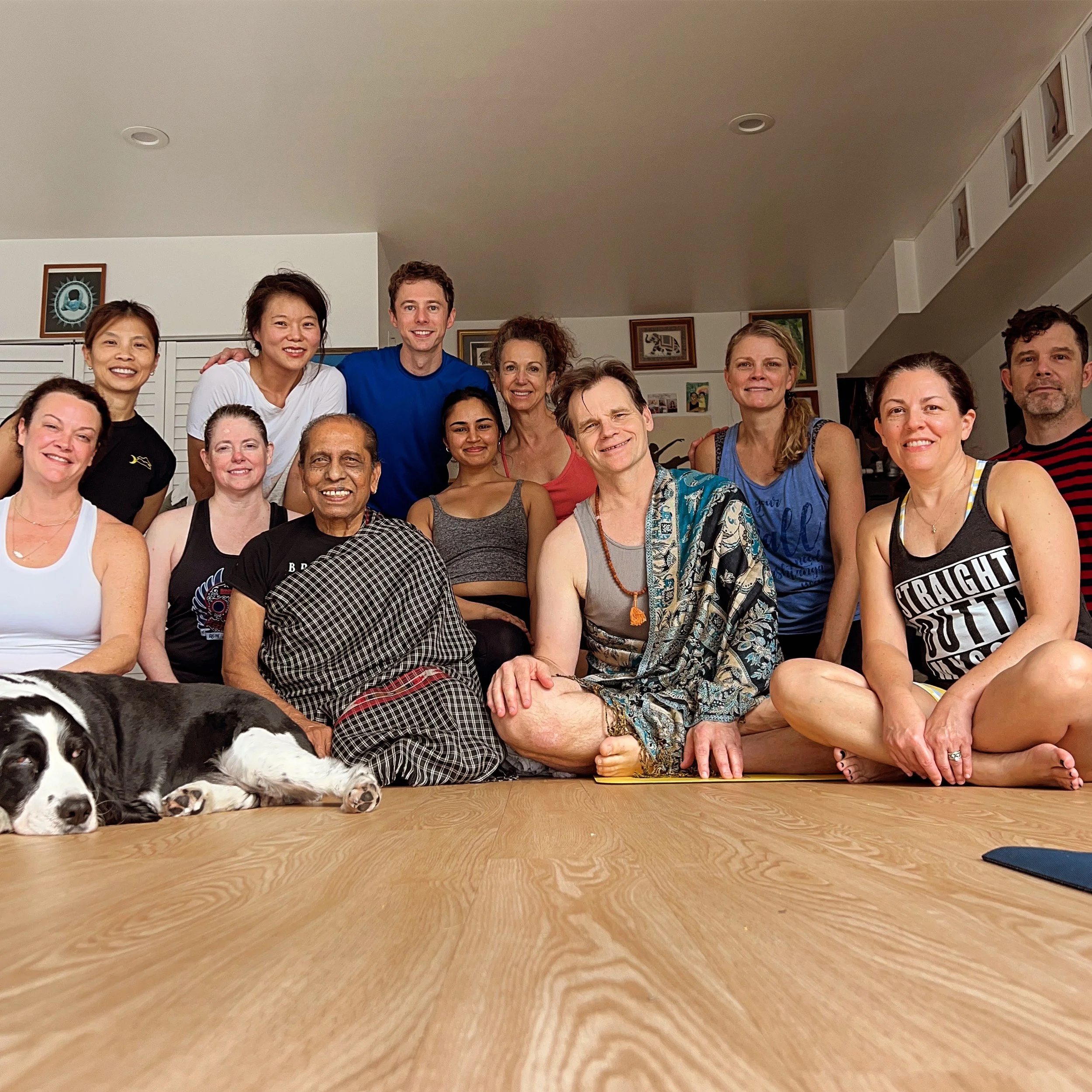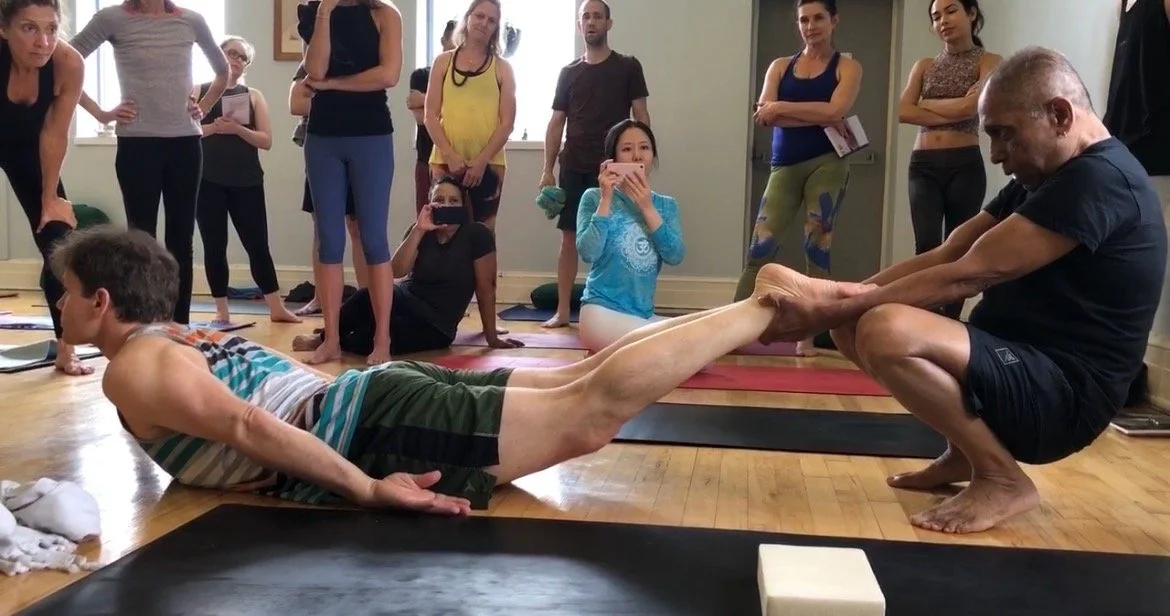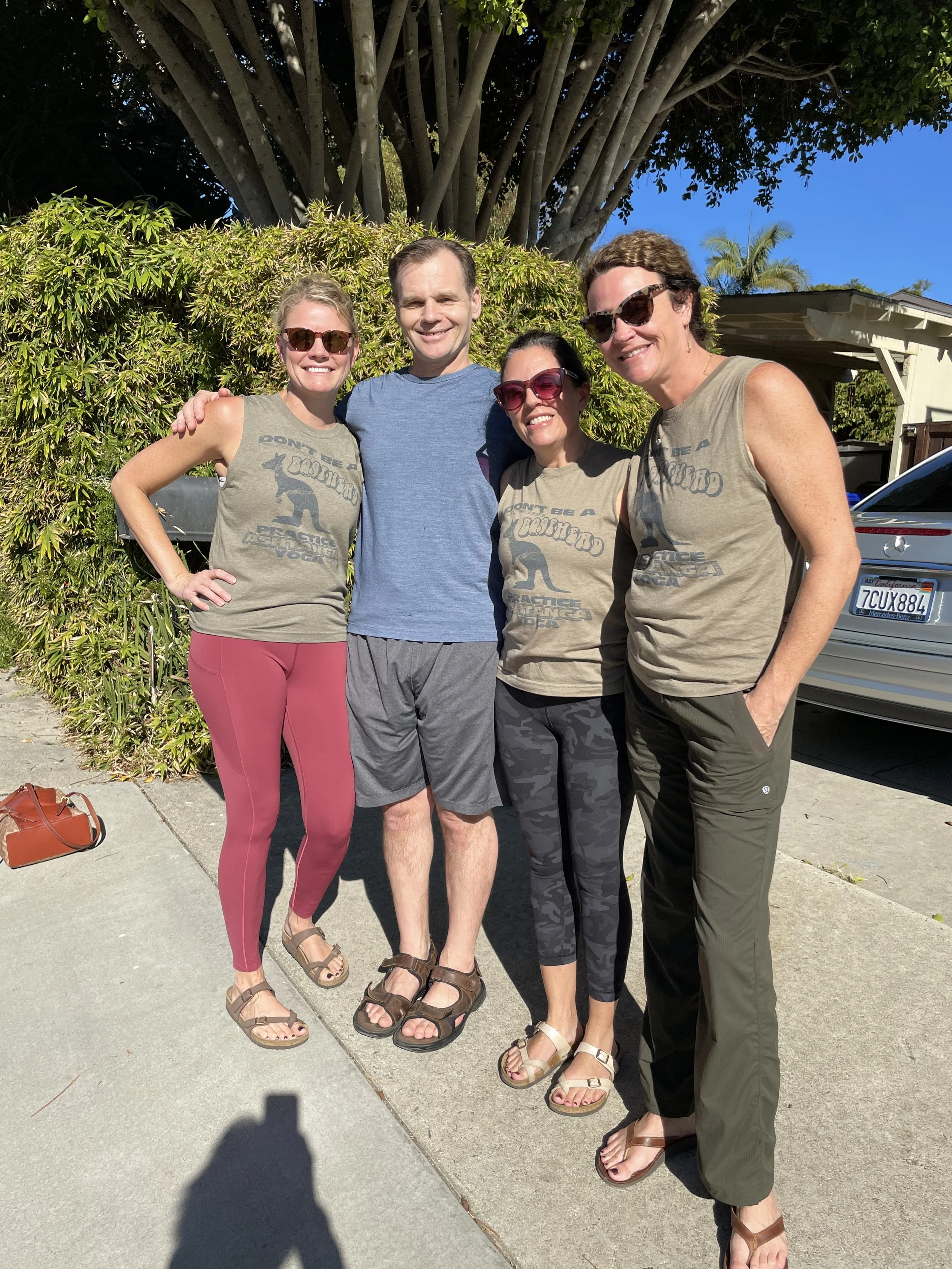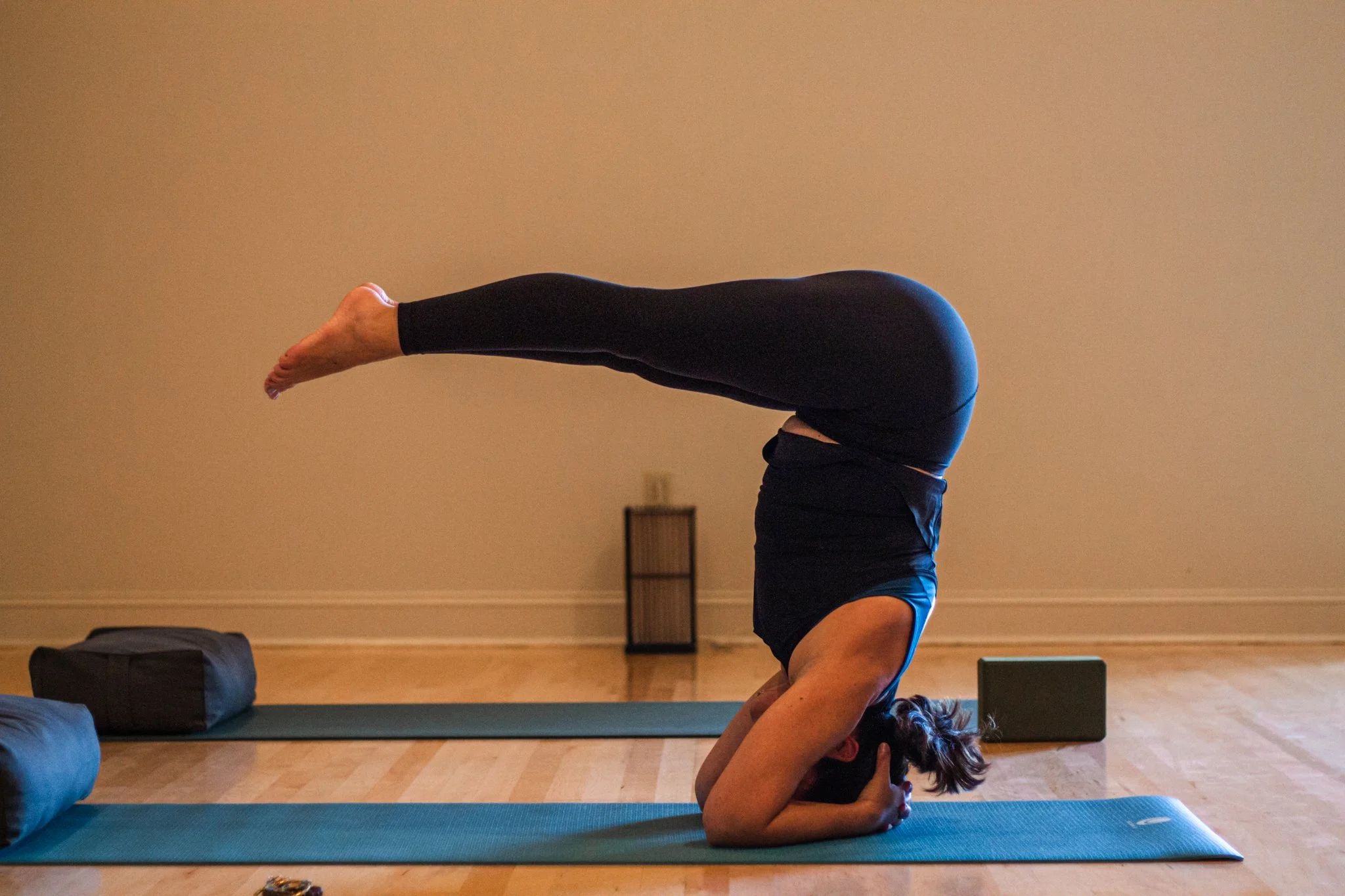
Mysore and Led Ashtanga Classes
Six days a week
2025: Fifty Years of Ashtanga Vinyasa in America
The story of Ashtanga in America started when David Williams, a soul-searching, traveling college dropout from North Carolina, wandered over to a yoga demonstration in Pondicherry, India in 1972. Manju Jois and his friend Basavaraju were demonstrating yoga postures Manju had learned from his father Sri K. Pattabhi Jois in Mysore. Seeing these postures brought to life made David curious to learn more. He approached Manju and said “this is the yoga I’ve been looking for!” Father & son Jois were soon invited to come teach in America, and the rest as they say, is history.
This year marks 50 years since Manju Jois first arrived in Encinitas, California, where he still lives and teaches today. Manju has taught thousands of students worldwide, sharing the practice first known simply as “the yoga” with students who later became masterful teachers themselves.
And so the practice has been passed down one community at a time, from teacher to student, student becoming teacher, in the United States and around the world. Manju Jois’ lineage carries on today in Memphis through your Ashtanga teachers at Better Bodies Yoga. Michele Mallory and Tracie Fisher continue to study directly with Manju, teacher of their teacher, Greg Tebb, because they are first and foremost students of the practice themselves.
Ashtanga Class Schedule
Mon 6:00-7:00am Ashtanga Vinyasa
Tue 6:00-7:30am Mysore Style
Wed 6:00-7:00am Ashtanga Vinyasa
Thu 6:00-7:30am Mysore Style
Fri 6:00-7:30am Mysore Style
Sat 8:30-10:00am Full Primary
Meet Your Teachers
Michele Mallory
Michele Mallory
My teacher Greg Tebb says Ashtanga Vinyasa is “Hatha yoga with tremendous strength development” and I have found that to be true. Ashtanga practice is not always easy but it is always worth it. After some years practicing various forms of Hatha and Power Vinyasa Yoga, I started practicing Ashtanga at age 47 and have never looked back. Ashtanga brings me strength - physical, mental and emotional - and it’s truly my yoga home. Like one of my students shared with me after class, “I feel like this practice makes me love myself more.” For the student willing to stick with it, confidence is built by trying, failing, trying again, and succeeding. Never say never is the message I bring to my teaching. Ashtanga is about breaking out of old, stuck, self-limiting beliefs and moving into the expanse of growth and possibility instead.
Om Shantih
Michele
Tracie Fisher
Tracie Fisher
After teacher training I was still in search for something more in my yoga practice and Ashtanga was the missing piece. It was like someone turned on a light and opened a doorway all at the same time. I had felt dull, bored, and like I was on a plateau in my practice and in life in general. This practice is humbling and empowering. That light that came on was because I had began a quest of myself. I realized that because I was committed to doing the practice, I was learning more and new doors were opening. Honestly, it is like a big puzzle and each time I come to the mat I may discover a new piece that fits into my practice or maybe I put back a piece that is not working out and it could be just for that day or week. This self-discovery, my Ashtanga practice, is my daily sacred time. Sometimes it is hard to just get started, but I know by experience that if I just begin, everything else will come. Come get started with us!
Peace, love, and light
Tracie
Ashtanga Vinyasa is taught in two distinct formats, Mysore or Led Class: what’s the difference?
In led class, students come in, take their places and the teacher leads them through the same postures together as a group. At Better Bodies we teach Led Half Primary on Monday & Wednesday mornings and Led Full Primary on Saturday morning. We provide modifications and variations to suit all levels. All are welcome!
Mysore style allows students to move through their own personal practices individually, in a group setting, with the teacher acting as a guide to provide structure, motivation, challenge, compassion - whatever the student needs that day. The Mysore room is a great place to really dig in and personalize your work. Brand new students are welcome!
